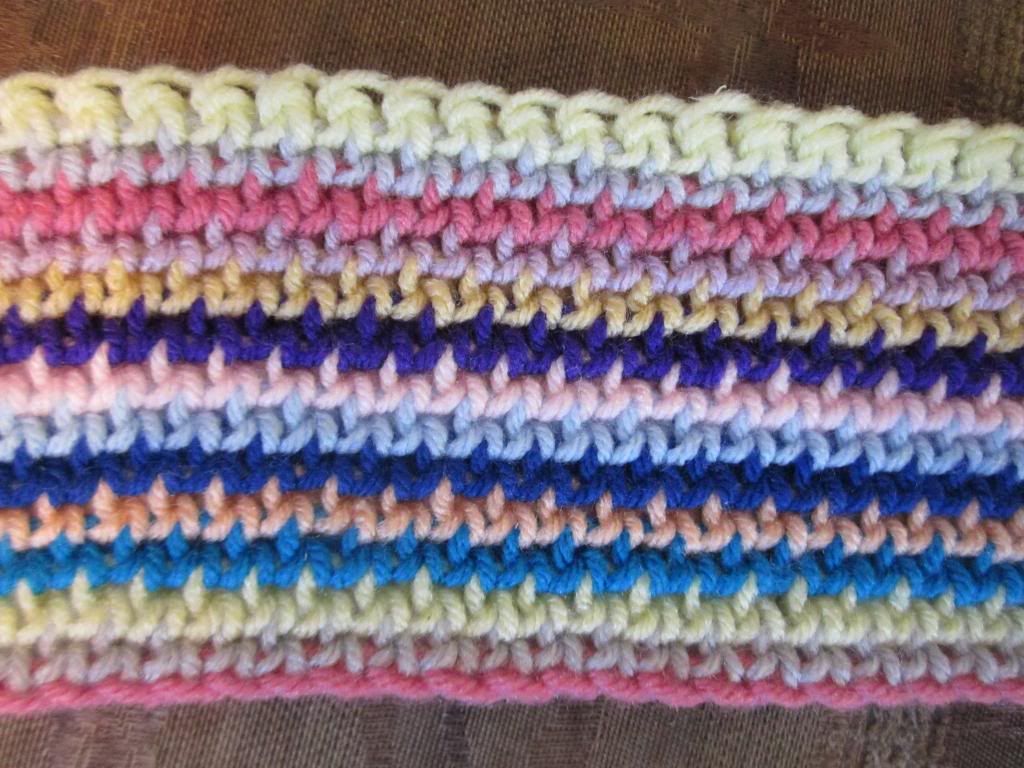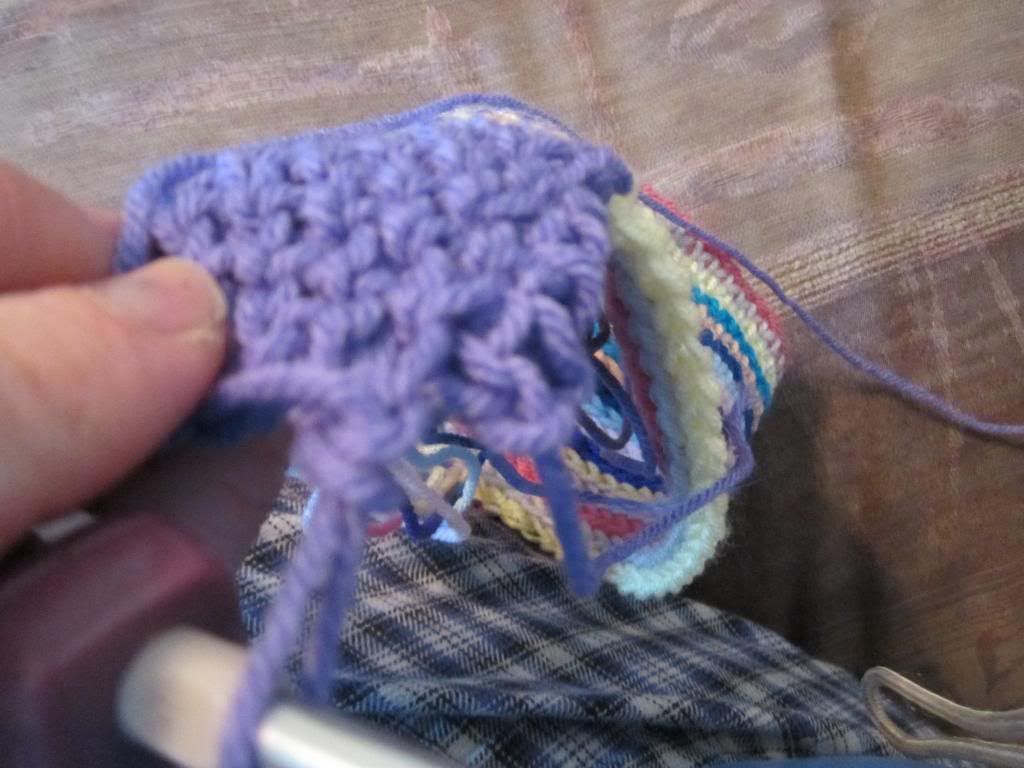This is my post for my 2013 cookie party! I have started a tradition for family and friends that every year I throw a cookie party. This year will be 3D Christmas scene involving sleigh, reindeer, trees and snowman. I will add to this post as the event evolves. I am making the sleigh and reindeer out of gingerbread cookies and the trees and snowman out of sugar cookie dough. I will pre-color the tree dough green.
This is the gingerbread recipe that I am using. It is included in the cookie set.
Gingerbread cookies
(This recipe states it's lighter than those used for houses so suitable for small cookies. See my cookie party 2012 post for a gingerbread house recipe.
Have ingredients at room temperature before starting
Combine and sift together than
set aside
5 c. flour
½ t. Baking soda
1T. Ground ginger
4t. Ground cinnamon
¾ t. ground cloves
1t. Nutmeg
1t. Allspice
1 ½ t. salt
½ t. Baking soda
1T. Ground ginger
4t. Ground cinnamon
¾ t. ground cloves
1t. Nutmeg
1t. Allspice
1 ½ t. salt
In the bowl of an electric mixer,
using flat beater, beat on medium-high speed until fluffy and pale yellow (4-6
minutes)
2 sticks (1 cup) butter
Add and beat for 1 minute
½ c. firmly packed brown sugar
½ c. granulated sugar
½ c. granulated sugar
Reduce speed to low and beat in, until
well combined (about 1 minute)
1 c. molasses
Add and beat until well combined
1 egg
Add the flour mixture in 4
portions, beating in each addition before adding more. Stop and scrape down
sides of bowl occasionally.
Turn dough out onto floured
surface and with floured hands divide into 4 sections. Shape each section into
a disc and wrap in plastic wrap, parchment paper or other material and
refrigerate at least 2 hours or up to 2 days.
Preheat oven t o400ºF (200ºC)
Remove dough 1 disc at a time and
let stand 10 minutes. Roll out to ¼ “- 3/8” thickness and cut.
Bake cookies until lightly
browned on the bottom (4-5 minutes for smaller cookies 6-7 minutes for larger
cookies).
Let cookies cool on the sheet for
5 minutes before removing and placing on cooling rack. Trim cookies while warm
as needed
12-22-13
Cookie party was a success (as it usually is). I found some silicone molds for $1.99 at our grocery store (Meijer's) so I melted Jolly rancher candies into them. the gingerbread men and snowflakes took 1 candy. and I used 3 for the presents to fill the bow space.
For the candy decorations we had...
12-22-13
Cookie party was a success (as it usually is). I found some silicone molds for $1.99 at our grocery store (Meijer's) so I melted Jolly rancher candies into them. the gingerbread men and snowflakes took 1 candy. and I used 3 for the presents to fill the bow space.
And as for the cookies.... it was FUN! We had lots of candy to decorate with and a room full of creative people who have unique senses of humor is always a good thing.
This one belonged to a friend of mine. Her and her husband love to do cookie stuff.
This is my niece with her decked out tree
Another friend has their sleigh running over some poor gummy bears!
And my daughter made a full on cookie crime scene!
For the candy decorations we had...
- colored sugar
- candy corn
- mints
- gummy bears
- gummy worms
- sour gummy worms
- chocolate covered raises
- spice drops
- pull and peel twizlers
- peppermint candies
- mini M&M's
- mini reses cups
- smarties
- candy pearls (in assorted colors and sizes)
- jelly beans
- icing
- buttercream frosting
- royal frosting

















































